Explore, Kodagu
Be inspired by a place and book your stop online
Be inspired by a place and book your stop online
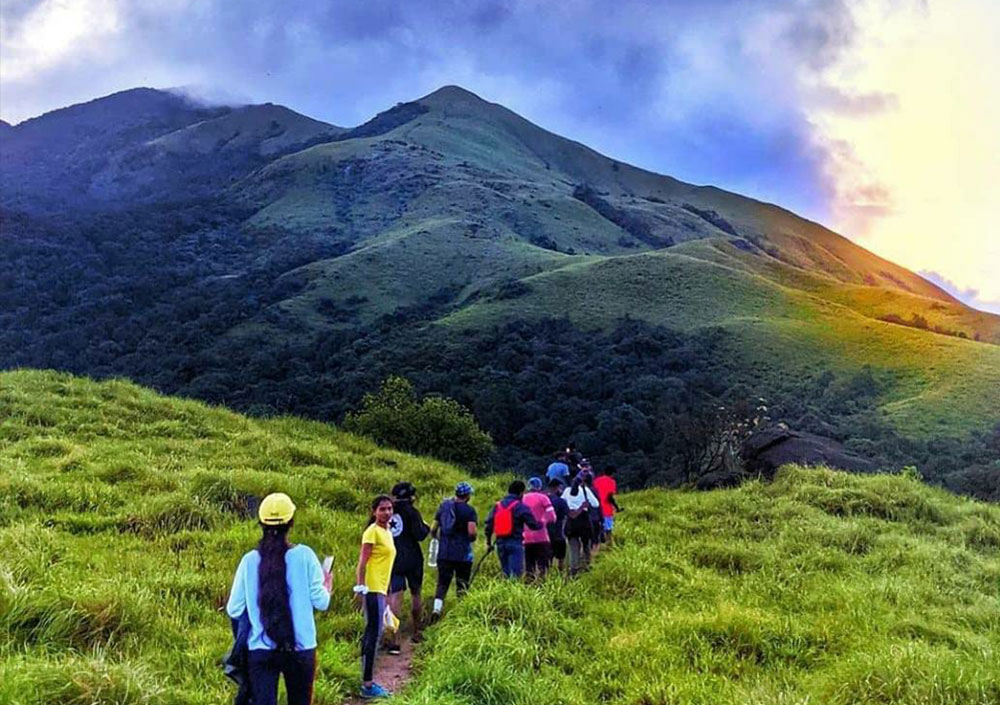
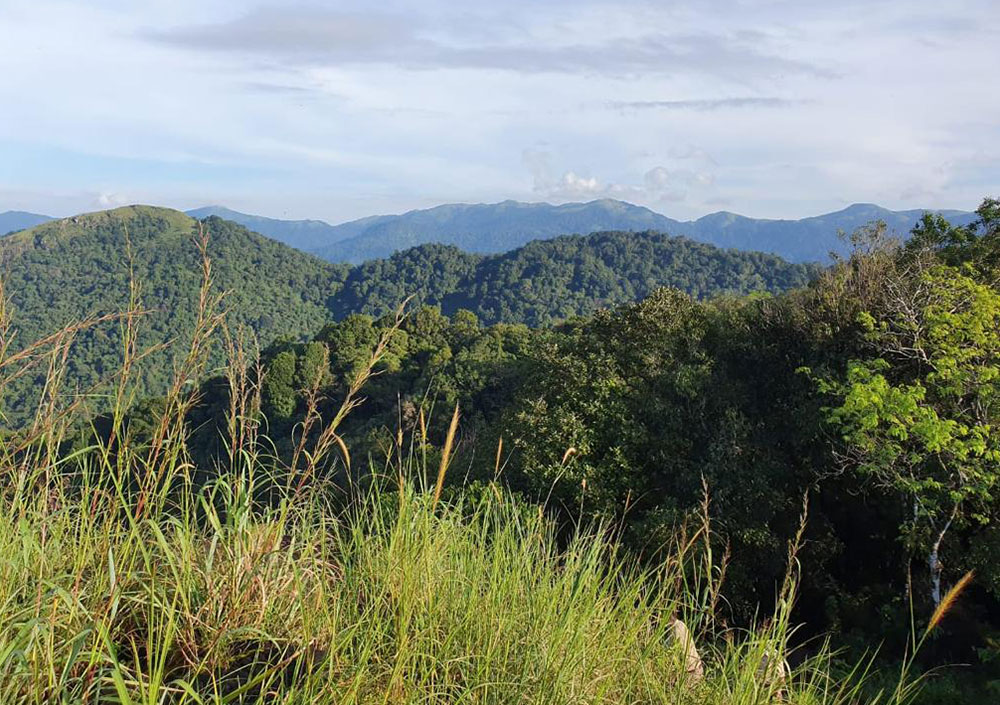
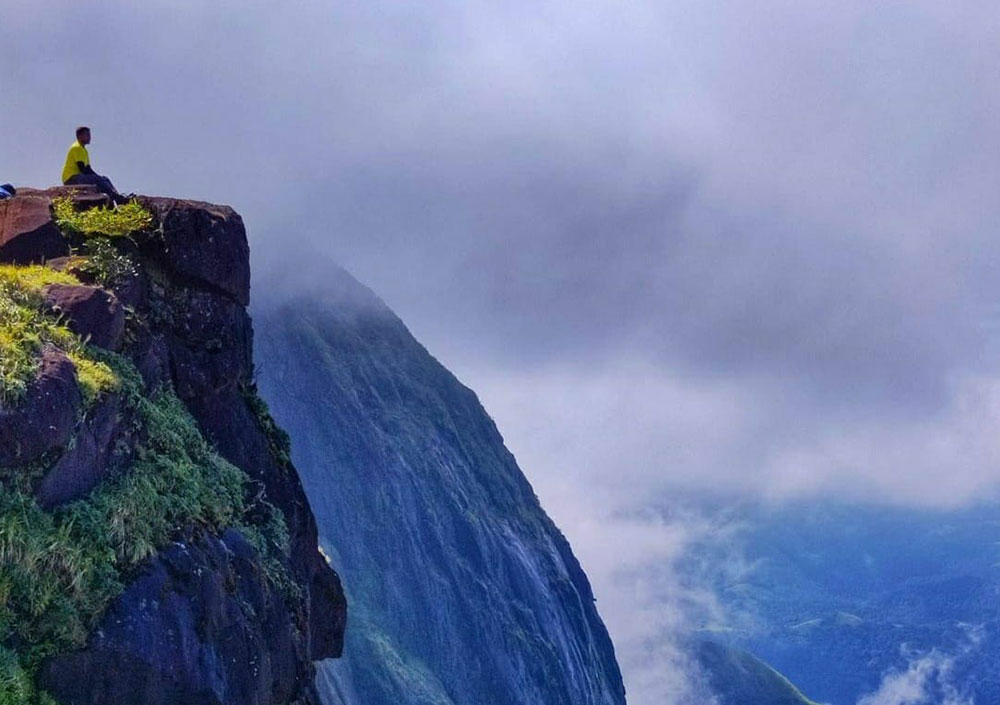


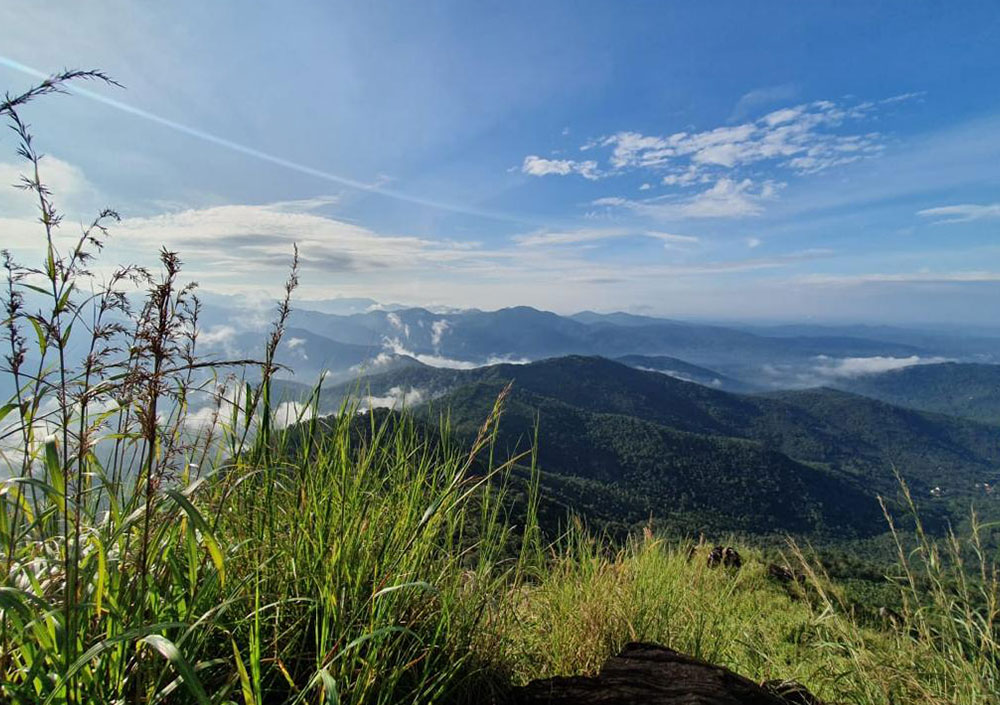

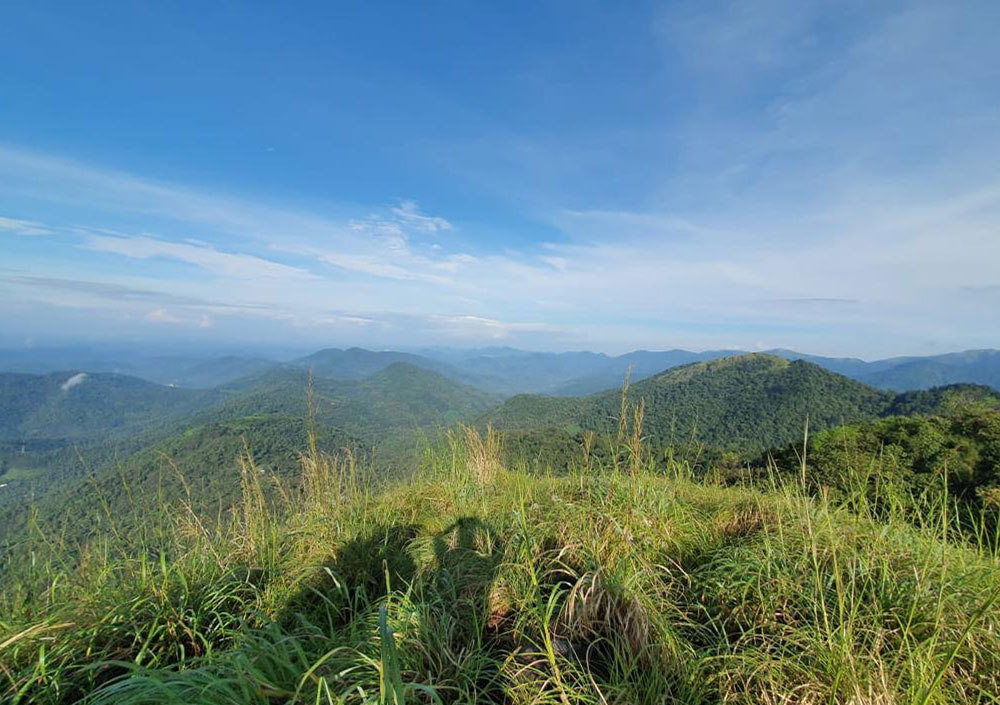

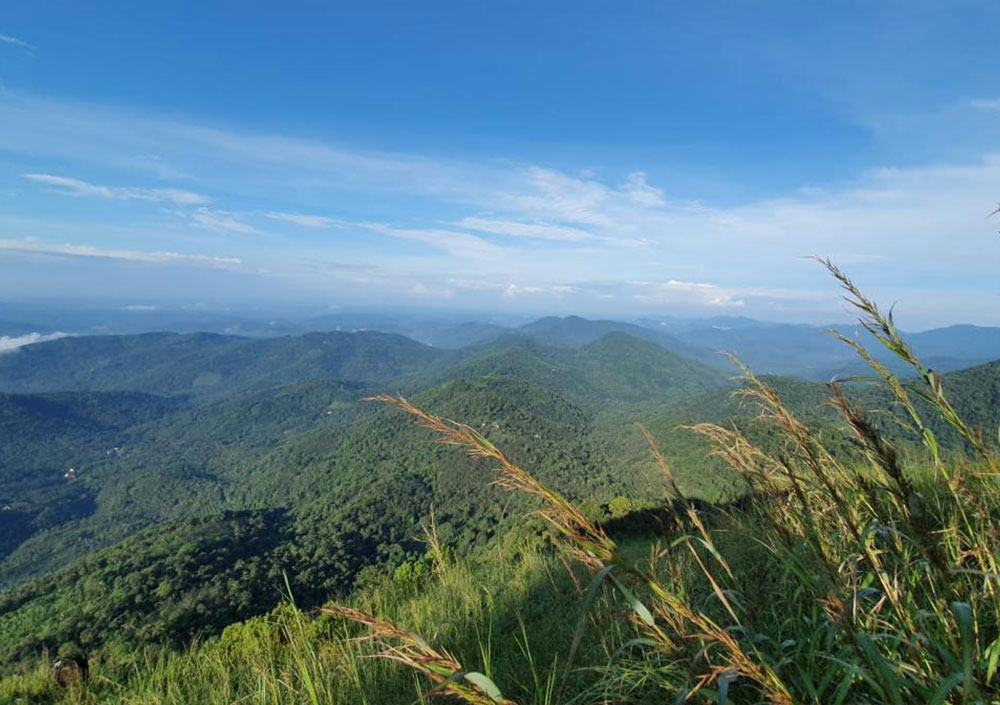
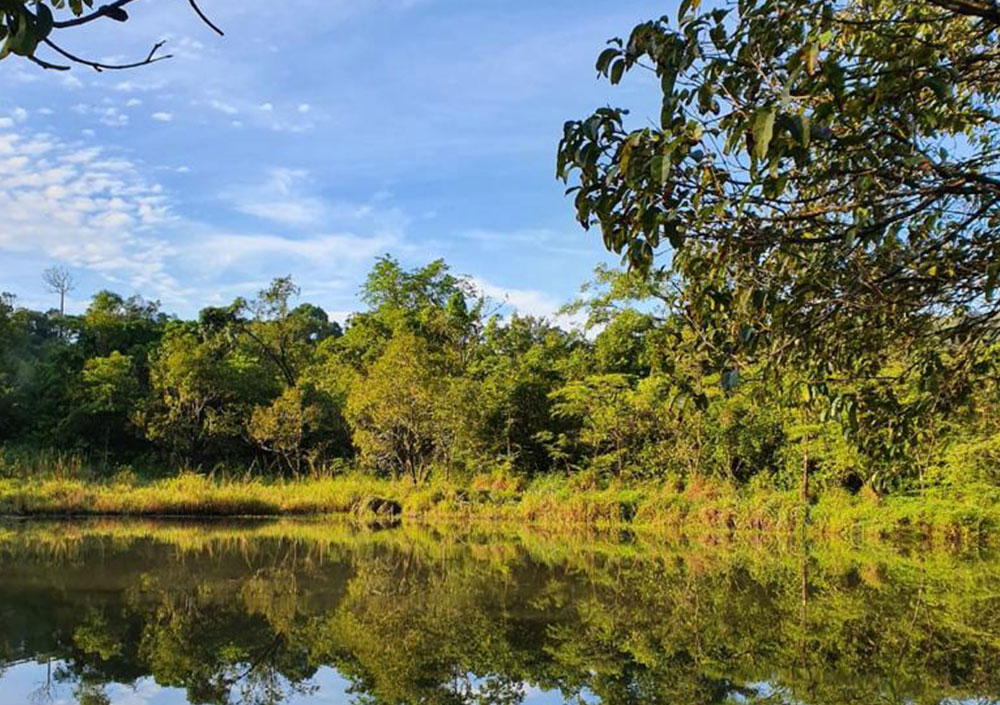
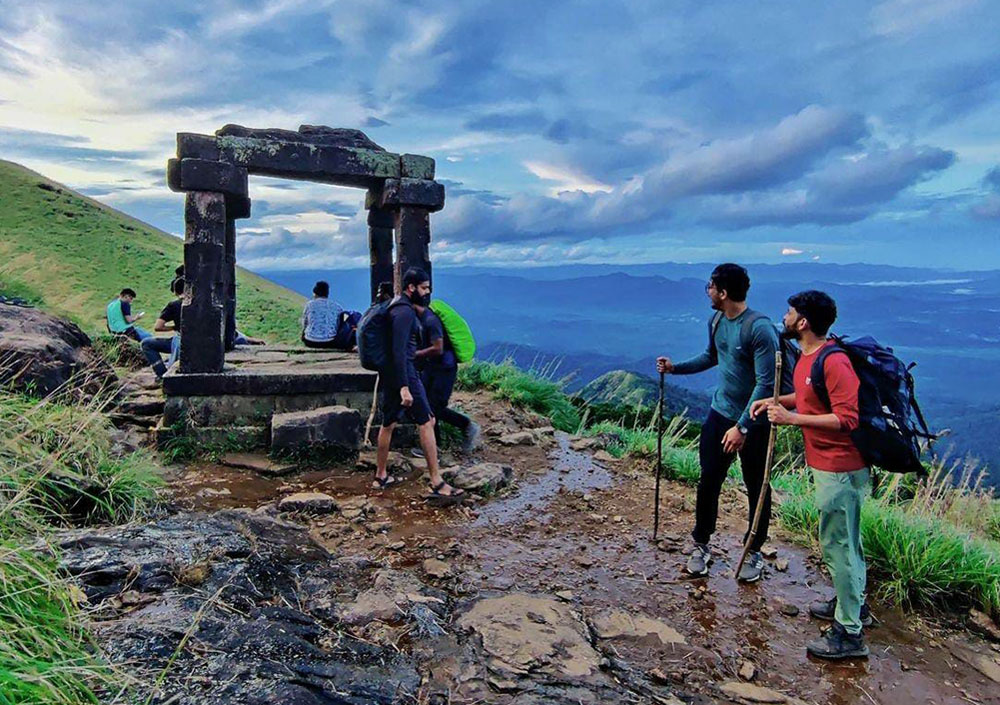
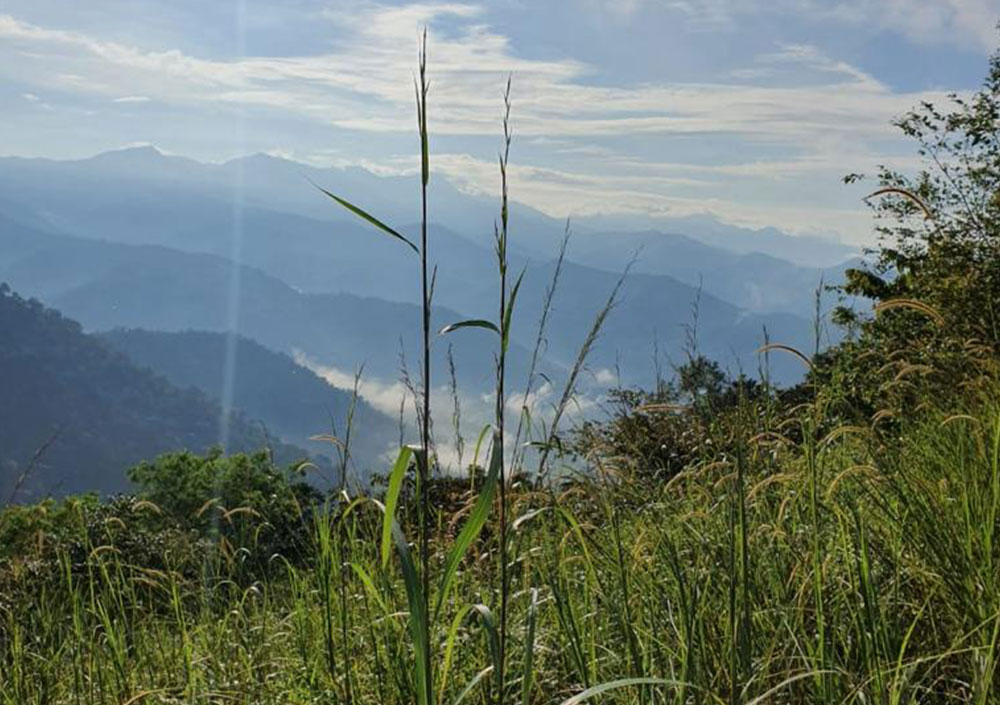
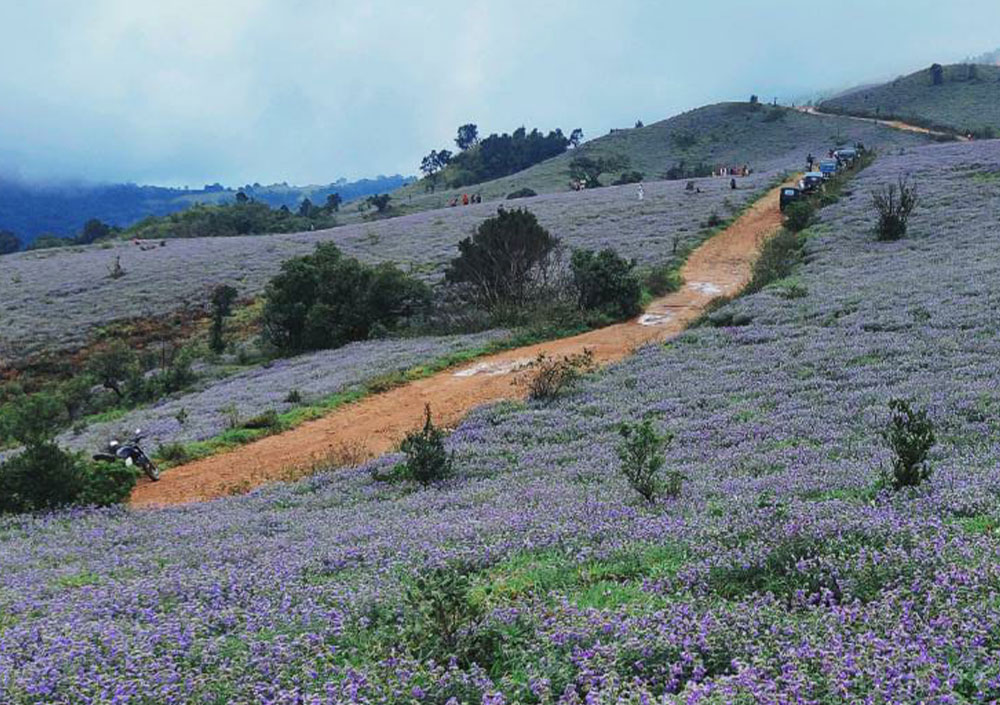






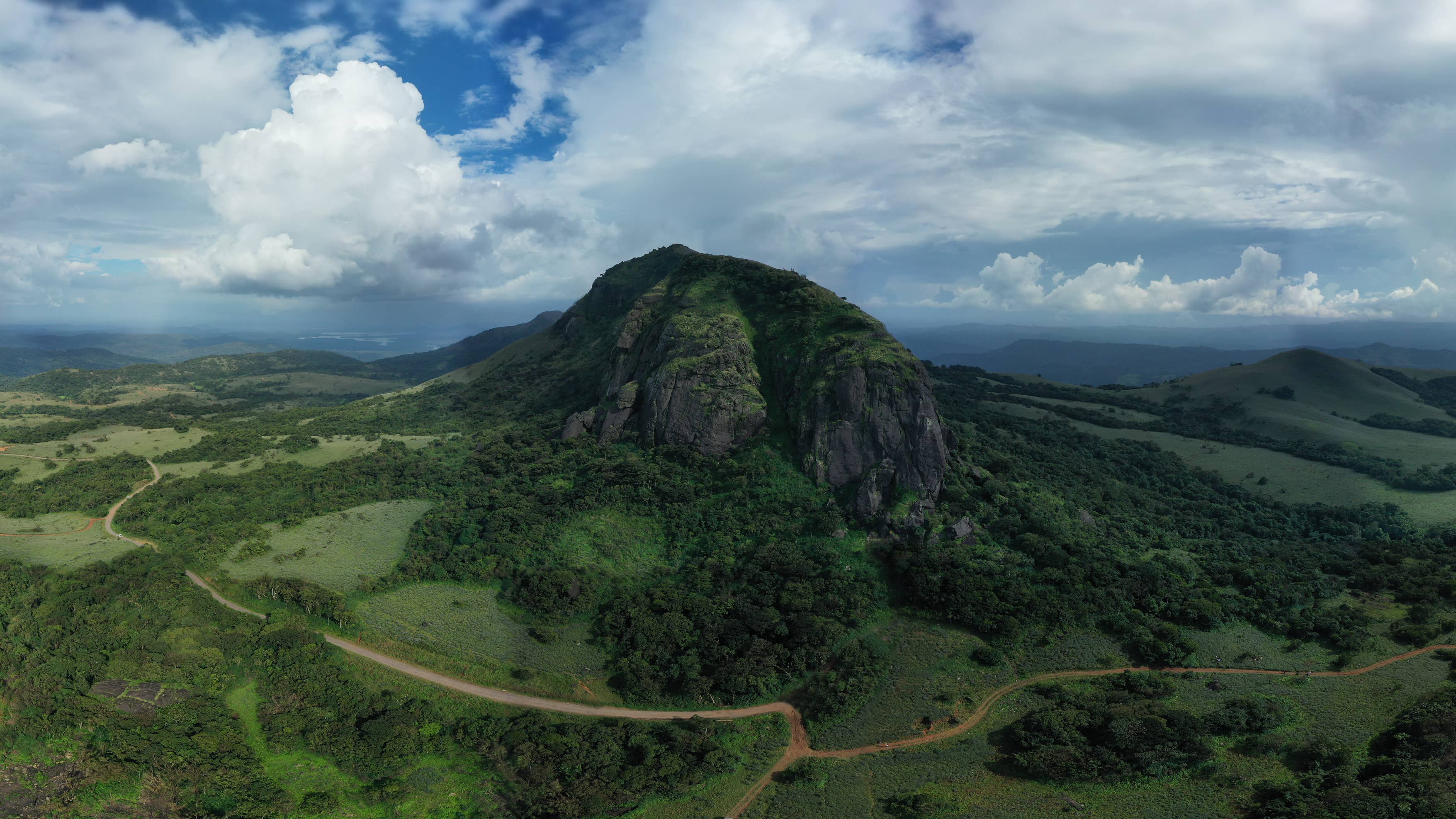
Most beautiful hill station of Karnataka
Kodagu (Coorg), the thickly wooded grandeur on the Western Ghats, is the most beautiful hill station of Karnataka. It occupies an area of 4,102 square kilometers (1,584 sq mi) in the Western Ghats of southwestern Karnataka.As of 2001, the population was 548,561, 13.74% of which resided in the district’s urban centers, making it the least populous of the 30 districts in Karnataka.
Read More
NEARBY PLACES OF ATTRACTION
Kodagu is considered rich with wildlife and has three wildlife sanctuaries and one national park: the Brahmagiri, Talakaveri, and Pushpagiri Wildlife Sanctuaries, and the Nagarhole National Park, also known as the Rajiv Gandhi National Park.


The temple was built by Lingarajendra II in 1820, supposedly to atone for killing an innocent Brahmin. The temple is in the Indo-Saracenic style, combining typically Keralite tiled roofs with Islamic domes and is about 1km from the Madikeri bus stand.


Bhagamandala is a religious place located 39 km from Madikeri. There is a triveni sangama, confluence of three river- Cauvery, kannike and Sujyoti. The imposing Bhagandeshwara Temple has a large courtyard and is built in the Kerala style, with red- tiled roofs.
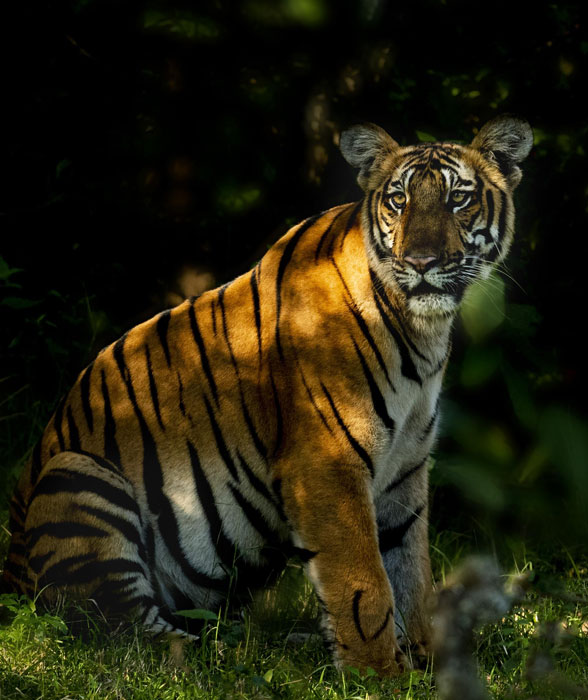

Nagarhole National Park is also known as ‘Rajiv Gandhi National Park. The word ‘Nagarahole(y)’ means ‘Cobra-river’ (Nagara=Cobra snake; Holey=River) in Kannada. It is spread between Kodagu and Mysore districts. Nagarahole River flows through the park and gradually joins the Kabini River which also is a boundary between Nagarahole and Bandipur.
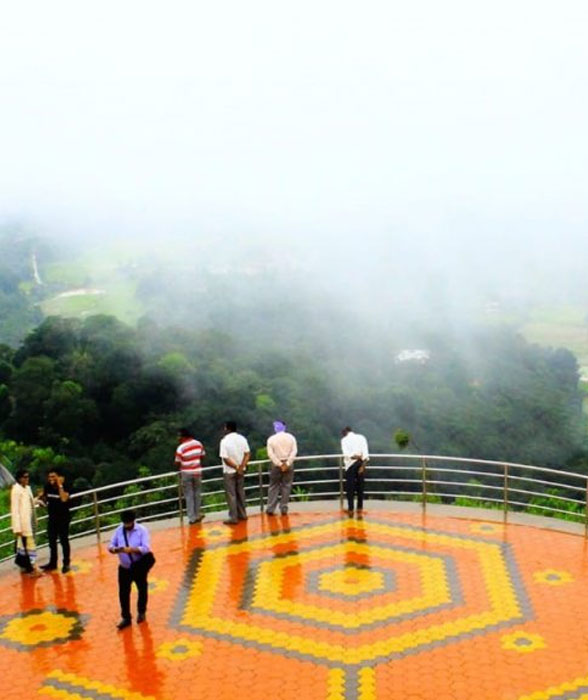

About 1 km west of the Madikeri bus stand is Raja’s Seat. Popular lore claims that Kodava kings their consorts spent their evenings in the fine park here. It is easy to see why: dramatic views of an orange sun dipping behind the mountains can mesmerize both royals and commoners. This point overlooks green mountains and valleys, beribboned with the distant silver of roads and rivers.
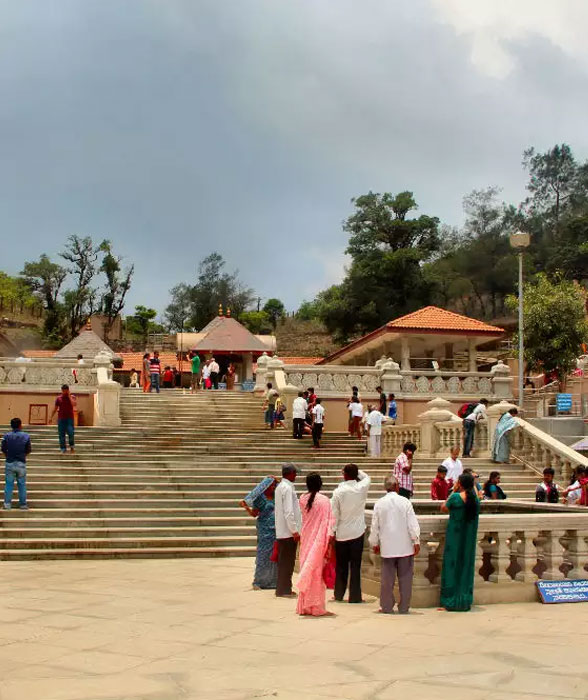

It is an Important religious place. It is the birth place of sacred river Cauvery, 46 km from Madikeri. A small shrine with a beautifully decorated silver Shiva linga marks the spot where the mighty river originates. On Tula Sankramana day, which usually falls on October 17th each year, thousands flock to Talacauvery to witness a sudden upsurge of water in the spring, which then bubbles over. Near the temple stands Brahmagiri peak which offers panoramic views of the mountains.
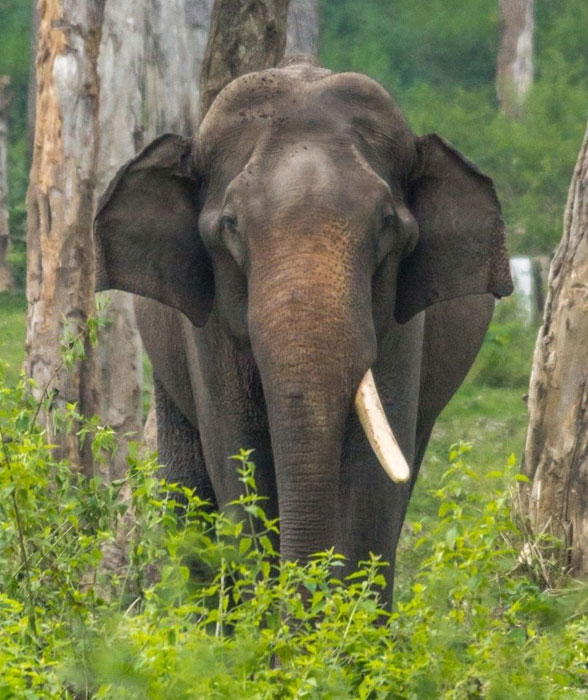

A unique eco- tourism destination, Dubare was once the training camp of the Mysore Dasara elephants. Today, the Dubare Elephant Camp is a centre for study of elephant behaviour, run by the Jungle Lodges & Resorts. Here, a visitor can watch and learn more about elephants. A traines Natualist is at hand to explain the various aspects of elephant history, ecology and biology. Visitors can observe and also participate in various activities of elephants like feeding, bathing, etc.
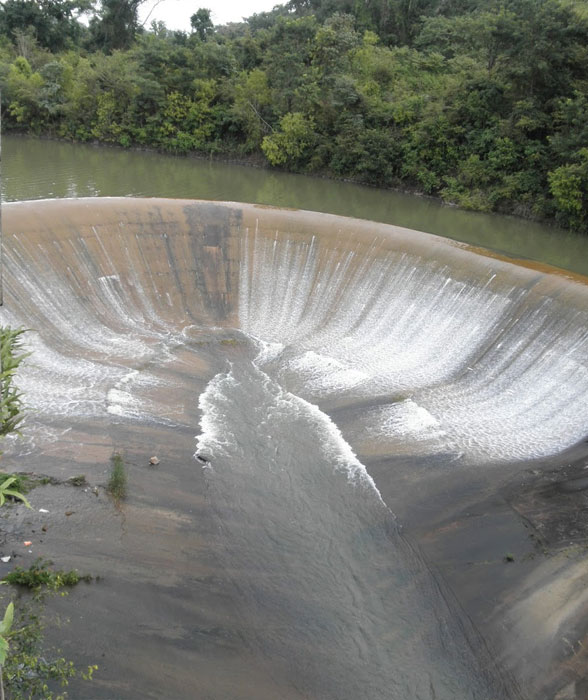

Pronounced as ‘Chikli-holey’, it is a large body of water that offers both relaxation and tranquillity; perfect for holidaymakers and nature lovers looking to escape the stresses of their lives back home. The area surrounding Chiklihole reservoir makes this place particularly attractive. Watching the Sunset from here is extremely picturesque and photogenic. The green meadow on one side and thick forest on the other makes this place a great travel destination across Kodagu. The Chiklihole reservoir on the tributary of river Kaveri is also a wonderful picnic spot.
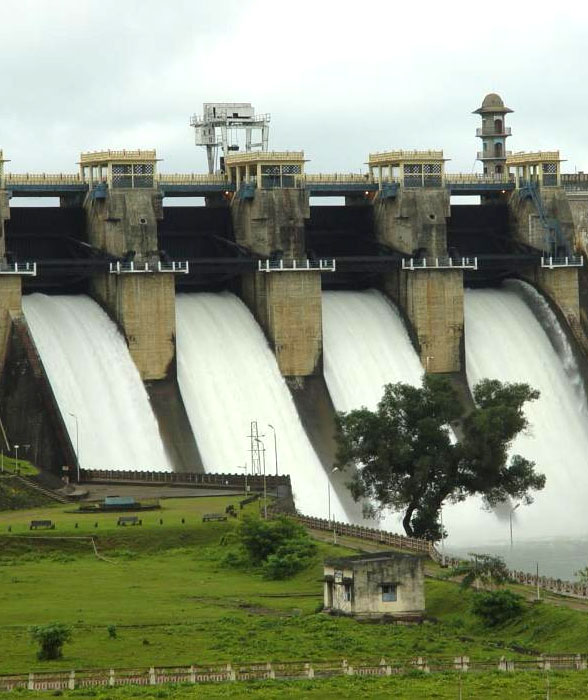

Close to Kushalnagar and 33 km from Madikeri, this reservoir is located in a beautiful natural locale and ideal for weekend breaks.
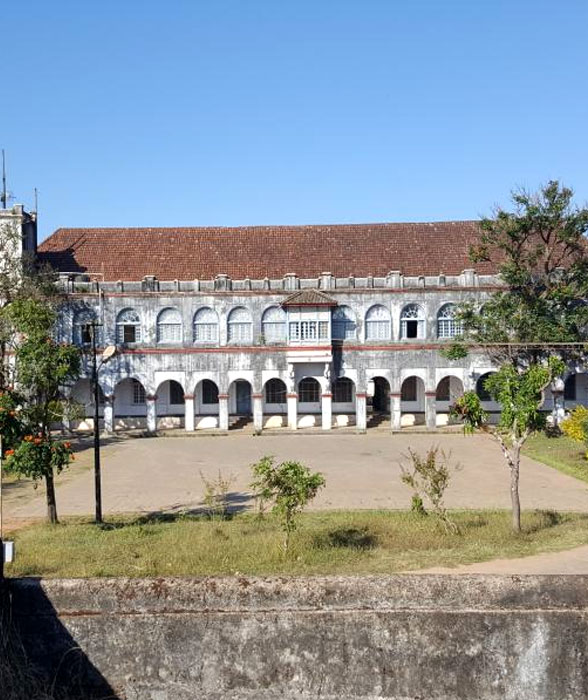

Situated about 500m from the Madikeri bus stand and located on a hillock the imposing fort was built by Mudduraja in 1681. The earthen structure was rebuilt in granite by Tipu Sultan. Mudduraja also built a thatched roof palace here which was renovated in 1814 by Lingarajendra II, and then in 1933 by the British, who added a clock- tower and portico. Nearby are two startlingly life-like masonry elephants. The fort’s Veerabhadra Temple was demolished and a Gothic-style Anglican church built in its place in 1855. The church now houses a museum which displays historic items relating to Kodava life.
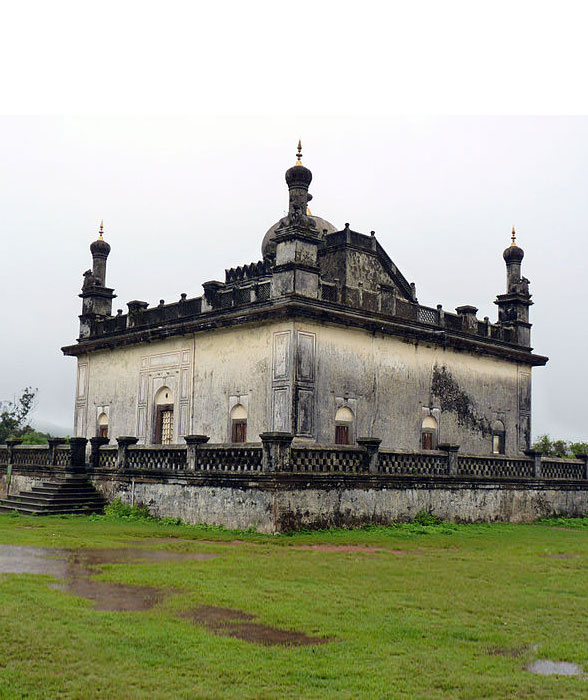

Situated about 1.5 km from the Madikeri bus stand, the tombs of Veerajendra, and their wives, stand together and are exactly alike, Lingarajendra’s tomb was built in 1809 and Veerarajendra’s in 1821. The Islamic style central gilded domes and the corner minaret-like turrets, each topped with images of basavas (bulls), are prominent on the Madikeri skyline. The windows have handsomely wrought bronze bars set in sculpted stone.